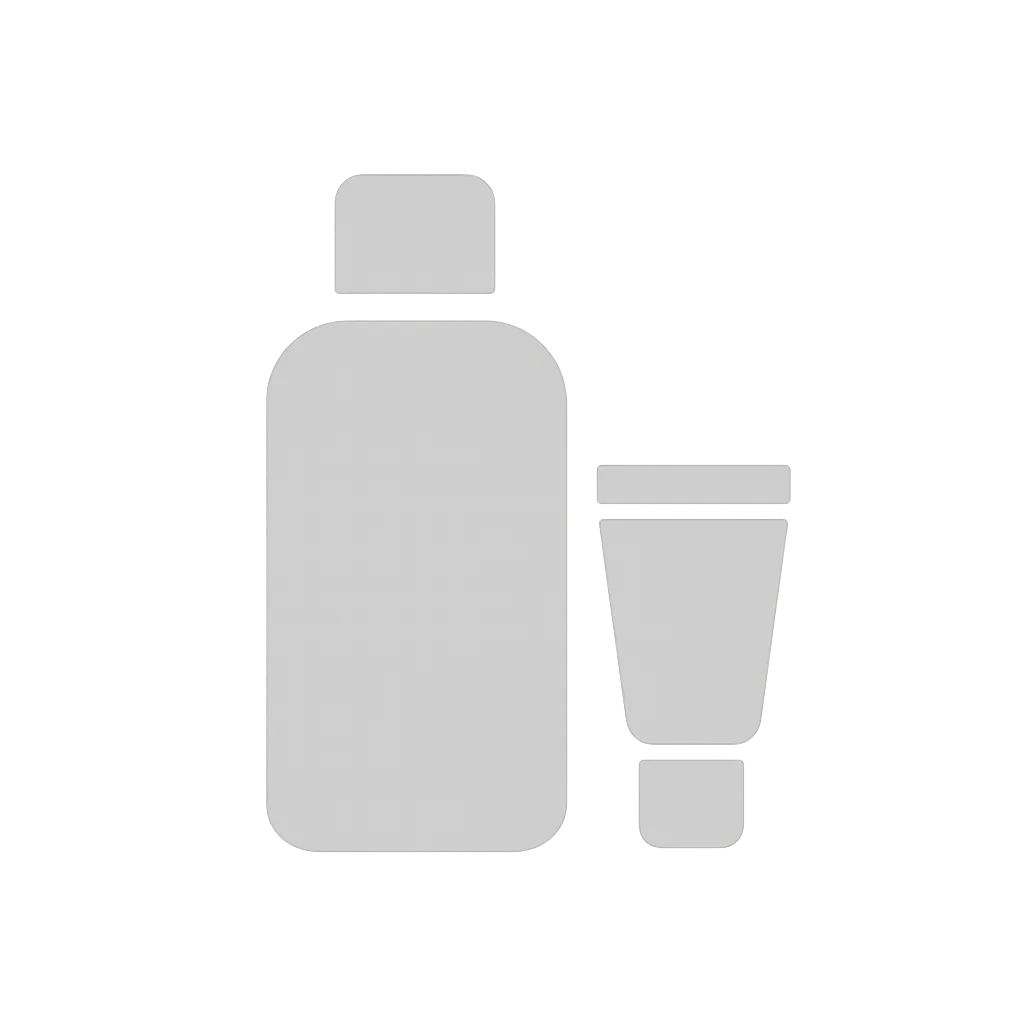What's inside
What's inside
 Key Ingredients
Key Ingredients

 Benefits
Benefits

 Concerns
Concerns

 Ingredients Side-by-side
Ingredients Side-by-side

Water
Skin ConditioningButylene Glycol
HumectantGlycerin
HumectantPyrus Malus Fruit Extract
Skin ConditioningEctoin
Skin ConditioningLactobacillus Ferment
Skin ConditioningCeramide EOP
Skin ConditioningCeramide NP
Skin ConditioningCeramide AP
Skin ConditioningCholesterol
EmollientPlankton Extract
Skin ConditioningPhytosphingosine
Skin ConditioningSerine
MaskingAlanine
MaskingGlutamic Acid
HumectantProline
Skin ConditioningThreonine
Arginine
MaskingLysine Hcl
Skin ConditioningGlycine
BufferingSelaginella Lepidophylla Extract
EmollientRhodiola Rosea Extract
EmollientAcanthopanax Senticosus Root Extract
Skin ConditioningInonotus Obliquus Extract
Skin ConditioningRhaponticum Carthamoides Root Extract
Skin ConditioningBetaine
HumectantLecithin
EmollientPCA
HumectantMaltodextrin
AbsorbentXanthan Gum
EmulsifyingSodium Lauroyl Lactylate
EmulsifyingSclerotium Gum
Emulsion StabilisingPullulan
Sodium PCA
HumectantSodium Lactate
BufferingSilica
AbrasiveCarbomer
Emulsion StabilisingTetrasodium Glutamate Diacetate
Sodium Benzoate
MaskingEthylhexylglycerin
Skin ConditioningPhenoxyethanol
PreservativeWater, Butylene Glycol, Glycerin, Pyrus Malus Fruit Extract, Ectoin, Lactobacillus Ferment, Ceramide EOP, Ceramide NP, Ceramide AP, Cholesterol, Plankton Extract, Phytosphingosine, Serine, Alanine, Glutamic Acid, Proline, Threonine, Arginine, Lysine Hcl, Glycine, Selaginella Lepidophylla Extract, Rhodiola Rosea Extract, Acanthopanax Senticosus Root Extract, Inonotus Obliquus Extract, Rhaponticum Carthamoides Root Extract, Betaine, Lecithin, PCA, Maltodextrin, Xanthan Gum, Sodium Lauroyl Lactylate, Sclerotium Gum, Pullulan, Sodium PCA, Sodium Lactate, Silica, Carbomer, Tetrasodium Glutamate Diacetate, Sodium Benzoate, Ethylhexylglycerin, Phenoxyethanol
Water
Skin ConditioningPentylene Glycol
Skin ConditioningButylene Glycol
HumectantGlycerin
HumectantUrea
BufferingSodium Lactate
BufferingSodium PCA
HumectantPanthenol
Skin ConditioningLactic Acid
BufferingSodium Hyaluronate
HumectantAcetyl Glucosamine
Skin ConditioningHyaluronic Acid
HumectantHydrolyzed Sodium Hyaluronate
Skin ConditioningSodium Acetylated Hyaluronate
HumectantAllantoin
Skin ConditioningPhospholipids
Skin ConditioningSphingolipids
EmollientCitric Acid
BufferingTocopherol
AntioxidantTremella Fuciformis Sporocarp Extract
AntioxidantP-Anisic Acid
MaskingSodium Citrate
BufferingWater, Pentylene Glycol, Butylene Glycol, Glycerin, Urea, Sodium Lactate, Sodium PCA, Panthenol, Lactic Acid, Sodium Hyaluronate, Acetyl Glucosamine, Hyaluronic Acid, Hydrolyzed Sodium Hyaluronate, Sodium Acetylated Hyaluronate, Allantoin, Phospholipids, Sphingolipids, Citric Acid, Tocopherol, Tremella Fuciformis Sporocarp Extract, P-Anisic Acid, Sodium Citrate
Ingredients Explained
These ingredients are found in both products.
Ingredients higher up in an ingredient list are typically present in a larger amount.
Butylene Glycol (or BG) is used within cosmetic products for a few different reasons:
Overall, Butylene Glycol is a safe and well-rounded ingredient that works well with other ingredients.
Though this ingredient works well with most skin types, some people with sensitive skin may experience a reaction such as allergic rashes, closed comedones, or itchiness.
Learn more about Butylene GlycolGlycerin is already naturally found in your skin. It helps moisturize and protect your skin.
A study from 2016 found glycerin to be more effective as a humectant than AHAs and hyaluronic acid.
As a humectant, it helps the skin stay hydrated by pulling moisture to your skin. The low molecular weight of glycerin allows it to pull moisture into the deeper layers of your skin.
Hydrated skin improves your skin barrier; Your skin barrier helps protect against irritants and bacteria.
Glycerin has also been found to have antimicrobial and antiviral properties. Due to these properties, glycerin is often used in wound and burn treatments.
In cosmetics, glycerin is usually derived from plants such as soybean or palm. However, it can also be sourced from animals, such as tallow or animal fat.
This ingredient is organic, colorless, odorless, and non-toxic.
Glycerin is the name for this ingredient in American English. British English uses Glycerol/Glycerine.
Learn more about GlycerinSodium Lactate is the sodium salt of lactic acid, an AHA. It is a humectant and sometimes used to adjust the pH of a product.
This ingredient is part of our skin's NMF, or natural moisturizing factor. Our NMF is essential for the hydration of our top skin layers and plasticity of skin. NMF also influences our skin's natural acid mantle and pH, which protects our skin from harmful bacteria.
High percentages of Sodium Lactate can have an exfoliating effect.
Fun fact: Sodium Lactate is produced from fermented sugar.
Learn more about Sodium LactateSodium PCA is the sodium salt of pyroglutamic acid. It is naturally occurring in our skin's natural moisturizing factors where it works to maintain hydration.
The PCA stands for pyrrolidone carboxylic acid, a natural amino acid derivative.
This ingredient has skin conditioning, anti-inflammatory, and humectant properties. Humectants help hydrate your skin by drawing moisture from the air. This helps keep your skin moisturized.
Learn more about Sodium PCAWater. It's the most common cosmetic ingredient of all. You'll usually see it at the top of ingredient lists, meaning that it makes up the largest part of the product.
So why is it so popular? Water most often acts as a solvent - this means that it helps dissolve other ingredients into the formulation.
You'll also recognize water as that liquid we all need to stay alive. If you see this, drink a glass of water. Stay hydrated!
Learn more about Water